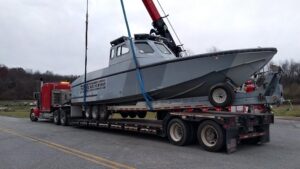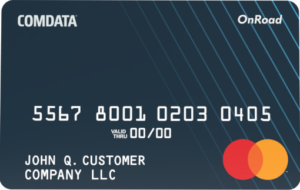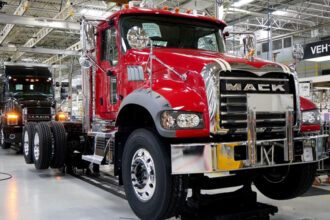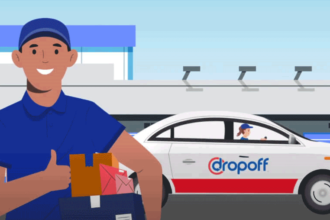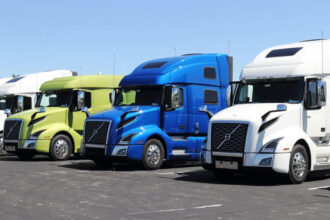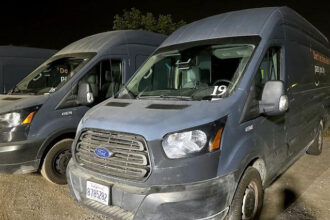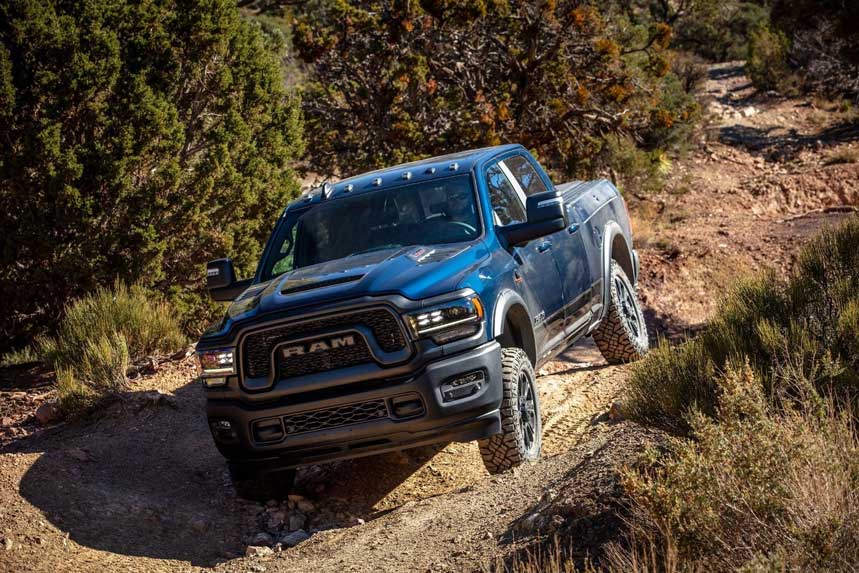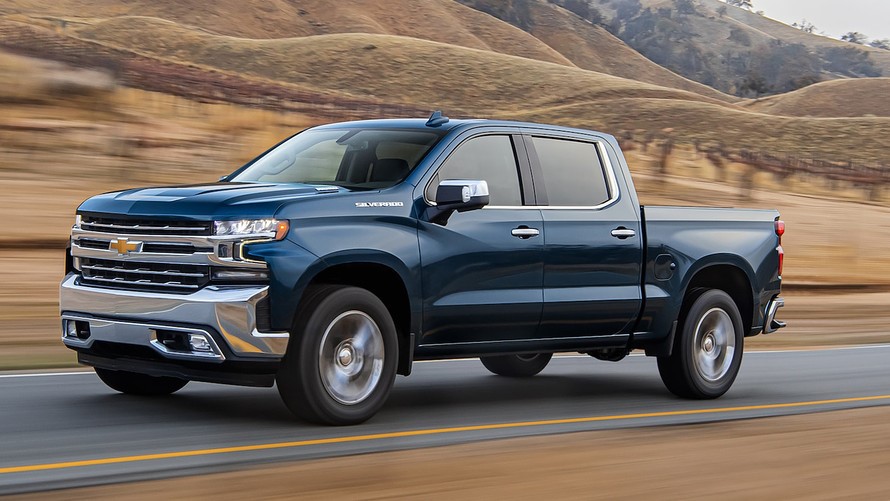Table of Contents
Starting a trucking business from scratch is a journey that requires careful planning and execution.
First, you must understand the industry. Research the market, identify your niche, and learn about the regulations that govern trucking. Knowledge is power, and in trucking, it’s the foundation of your business.
Next, create a solid business plan. This should outline your business goals, strategies for achieving them, financial projections, and the structure of your business. A well-thought-out plan is your roadmap to success.
Then, take care of the legalities. Register your business, obtain the necessary licenses and permits, and make sure you’re compliant with all federal and state regulations. This step is crucial to operating legally and avoiding costly fines.
Financing your operation is another critical step. Whether it’s through savings, loans, or investors, securing the funds to purchase trucks and cover initial operating costs is essential.
Once you have the capital, acquire your fleet. Choose vehicles that suit your business’s needs and budget. Remember, your trucks are your most significant assets.
Hiring qualified drivers is next. Ensure they have clean driving records and the proper licenses. Your drivers are the face of your company on the road; they must be reliable and professional.
Finally, find customers. Build relationships with shippers and brokers, market your services effectively, and provide excellent customer service to retain clients and attract new ones.
Starting a trucking business from scratch is no small feat, but with determination and a clear step-by-step approach, you can build a successful operation that stands the test of time.
1. Research and Plan
2. Get a Legal Structure and Name
3. Obtain Necessary Licenses and Permits
4. Get Insurance
5. Purchase or Lease Your Truck
6. Establish Your Base of Operations
7. Implement Accounting and Management Systems
8. Build Your Brand
9. Find Clients and Stay Compliance
10. Grow Your Fleet
Recap
1. Research and Plan
Research and planning are like preparing for a long road trip. Before you hit the gas, you need to know where you’re going and how to get there. So, for your trucking business, start by digging into the industry. Look at what’s in demand—what goods need moving? Who needs them moved? Check out your competition; who else is out there with big rigs, and what are they hauling?
Then, think about where you fit in. Is there a special kind of cargo no one’s focusing on? That’s your niche—your own slice of the market.
Now, take all that information and map it out in a business plan. This is your roadmap. It shows your mission (your business’s purpose), your target market (who you’re serving), services offered (what you’re doing for them), pricing strategy (how much you are about to charge), and financial projections (the money you expect to make).
That’s your plan—your guide to success in the trucking world.
>>>MORE: Trucking Business For Beginners
2. Get a Legal Structure and Name
When you’re setting up your business, the legal structure is a big deal. It’s like choosing the type of vehicle for your business journey.
A sole proprietorship is like a bicycle. It’s just you, but if you fall, there’s no protection. A partnership is like a tandem bike; you’ve got someone to share the ride with, but you both feel every bump.
An LLC (Limited Liability Company) is more like an SUV. It’s sturdy and offers a layer of protection from personal liability, meaning if things go south, your personal assets are safer. A corporation is the big bus; it’s more complex, can carry more weight, but it’s also harder to steer and maintain.
Now, picking a “name” for your business? That’s like choosing a license plate. It must be memorable and reflect what your business stands for. Let it be something that sticks in people’s minds and gives off the vibe of your brand.
So, think about how much protection you want on this ride and what message you want to send with your business name.
3. Obtain Necessary Licenses and Permits
Obtaining the necessary licenses and permits is like getting the keys to your truck. Without them, you’re not going anywhere. Trucking isn’t just hopping in a big rig and hitting the road; it’s got rules, lots of them.
First up, you need a Commercial Driver’s License (CDL). It’s your main key that proves you have the skills to handle a massive truck safely.
Then there’s the USDOT number. It’s like your truck’s ID card for safety checks. The government wants to know who’s hauling goods across the country.
The Motor Carrier (MC) number? That’s another ID, but for hauling stuff over state lines. It tells everyone you’re legit.
The International Registration Plan (IRP) tag and International Fuel Tax Agreement (IFTA) decal are like your truck’s passport and wallet. It makes sure you can travel between states and countries and handle fuel taxes without a hitch.
So, before you start your engine, make sure you have all these in your glove compartment.
>>>PRO TIPS: Business Plan for Trucking Business
4. Get Insurance
You need liability insurance first and that’s like your seatbelt. If you’re ever at fault in an accident, liability insurance helps cover the damages. It’s not just smart; it’s the law.
Next is cargo insurance. Consider this as padding for your goods. If your cargo gets damaged or lost, cargo insurance has got your back, making sure you or your client don’t take the financial hit.
And depending on what you haul and where you go, there might be other policies you may need. Hauling chemicals? You might need special coverage for hazardous materials. Crossing borders? Make sure your insurance covers international trips.
So, insurance keeps small bumps in the road from turning into total roadblocks for your business.
5. Purchase or Lease Your Truck
Buying a truck is a big commitment. You pay more upfront, but it’s yours. You can customize it, rack up miles, and call all the shots. It’s like having your own place; you can paint the walls any color you like.
Leasing, on the other hand, is like renting. You pay less to start, but you have to play by the landlord’s rules. There are limits on how much you can use it, and at the end of the lease, you hand back the keys unless you decide to buy it.
But make sure that truck meets safety standards. It’s not just about avoiding tickets; it’s about keeping you and everyone else on the road safe. So check those brakes, lights, and tires before you shake hands on any deal.
6. Establish Your Base of Operations
Set up an office where you can manage operations. This can be a home office initially. You also need a secure location for parking your truck.
Starting with a home office is like having a mission control in your backyard; it’s convenient and cost-effective, and you can run your empire in your pajamas. But remember, it needs to be a space where you can focus and plan your trucking conquests.
Now, about parking your truck: this isn’t just any vehicle; it’s your livelihood. So, you need a secure spot for it. Think of it as the garage for your Batmobile. It should be safe, accessible, and preferably not too far from your home base.
This base is where you handle the logistics, take calls, manage routes, and keep your business rolling smoothly. It’s the heart of your operation, so set it up with care.
7. Implement Accounting and Management Systems
Think of accounting software as your business’s financial dashboard because it keeps track of every dollar, like a fuel gauge monitors gas. It helps you send out invoices to clients and sort out your expenses, and when tax season rolls around, you may be ready instead of rummaging through a shoebox full of receipts.
Then there’s transportation management software. This is like having a GPS and command center rolled into one; it helps you plan the best routes, dispatch your trucks efficiently, and manage your fleet, whether it’s one truck or a dozen.
These systems are your co-pilots in the business world. It won’t drive the truck for you, but it makes sure everything behind the scenes runs like clockwork.
>>>GET SMARTER: Trucking Permit Requirements
8. Build Your Brand
Create a strong brand identity with a logo, website, and marketing materials. Your brand should communicate reliability, professionalism, and quality service.
A logo is like the face of your company; it’s the first thing people see, and it’s what they remember. It’s got to be unique—something that captures the essence of your trucking service at a glance.
Then, your website is your digital storefront, where people come to check you out, see what you’re about, and see if they want to do business with you. It must look good, be easy to navigate, and tell your story.
And don’t forget your marketing materials—business cards, brochures, and social media posts. These are like your business’s handshake, making impressions and building relationships.
Your brand is more than just colors and fonts; it’s a promise of reliability, professionalism, and quality service. It’s what sets you apart from the convoy of competitors and builds trust with your customers.
9. Find Clients and Stay Compliance
Start networking to build relationships in the industry. Attend trade shows, join trucking associations, and connect with potential clients. Use load boards to find initial loads and establish a client base.
Stay compliant with all regulations by keeping logs, maintaining your equipment, and adhering to Hours of Service (HOS) rules. Safety should be your top priority to protect your assets and reputation.
10. Grow Your Fleet
As your business grows, consider expanding your fleet. When your business starts booming, and you get more work than one truck can handle, it’s time to expand. Buying more trucks is like adding more horses to your stable. It’s a big investment, but it means more control and potentially more profit.
Hiring subcontractors is another route. It’s like calling in reinforcements. You don’t own the trucks, but you get extra wheels on the road when you need them. It’s flexible and less of a financial burden upfront.
Either way, growing your fleet is about scaling up to meet demand. It’s a sign that you’re doing well and ready to take on more business.
Recap
In summary, starting your trucking business from scratch is a systematic process that demands attention to detail and strategic planning. Begin with industry research to understand the market and regulations. This may inform your business plan, which is the blueprint for your operation’s growth and success.
Legal compliance is non-negotiable. Register your business, secure the necessary licenses, and ensure you meet all regulatory requirements. This foundational step keeps your business on the right side of the law.
Financing is the fuel that powers your startup phase. Whether through loans, savings, or investors, obtaining enough capital to purchase trucks and cover initial costs is vital.
Selecting the right trucks for your fleet is a balance of budget and business needs. These vehicles are not just transportation; it’s the workhorses of your enterprise.
Hiring competent drivers is equally important. Their skill and professionalism represent your business on every route they take.
Also, forge strong relationships with shippers and brokers, market your services effectively, and deliver exceptional customer service to keep your business moving forward.
Embarking on a trucking venture from scratch is challenging but achievable with a clear, step-by-step approach. With each careful move, you pave the way for a thriving trucking business.



